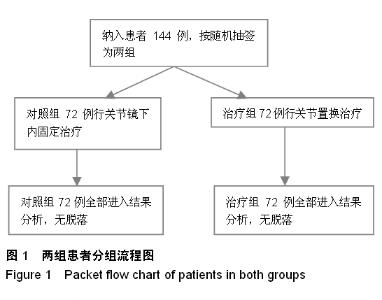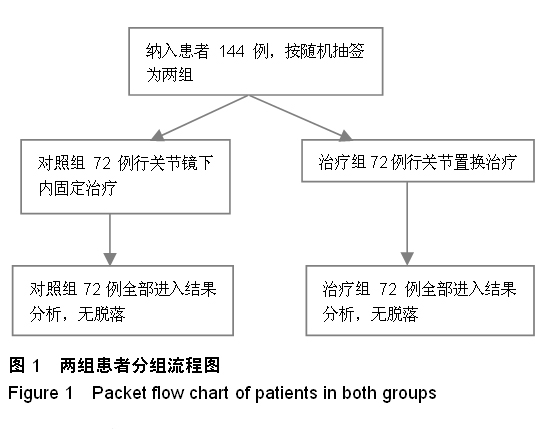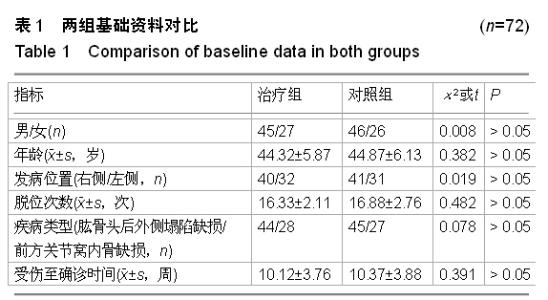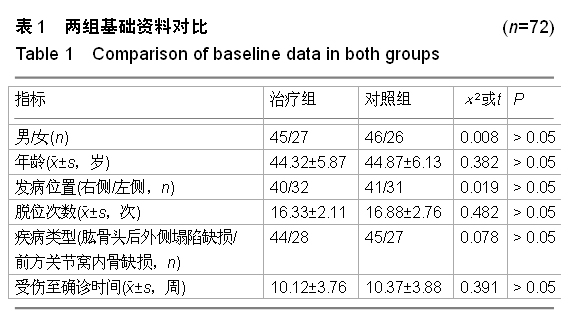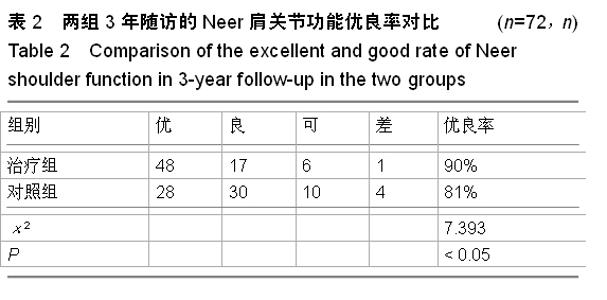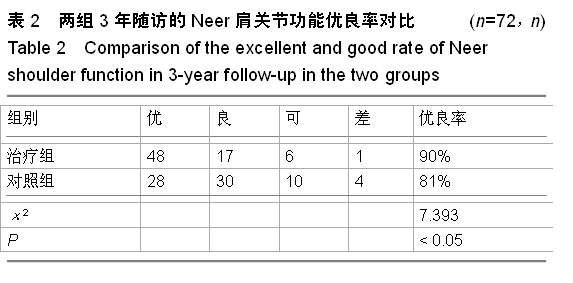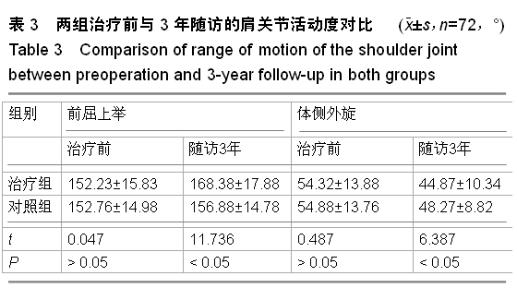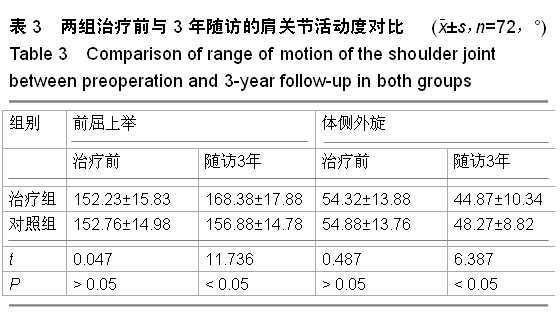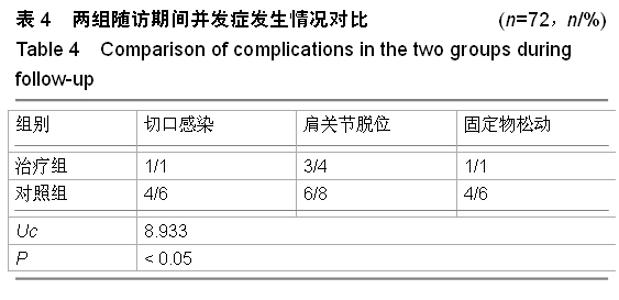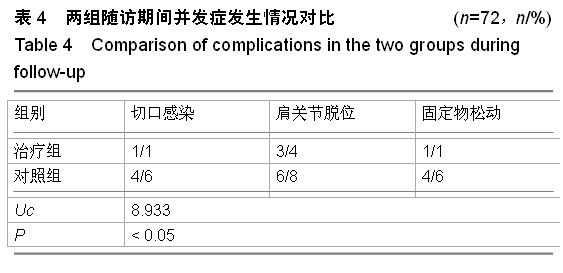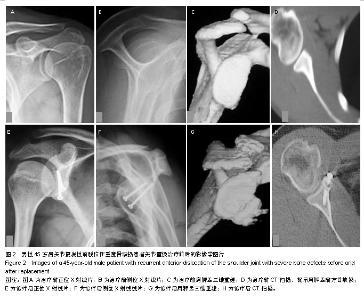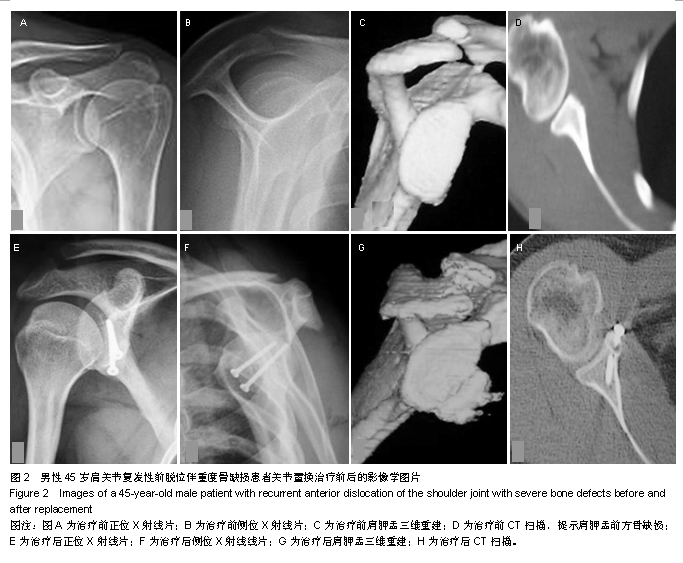| [1] Robinson CM,Seah M,Akhtar MA.The epidemiology,risk of recurrence,and functional outcome after an acute traumatic posterior dislocation of the shoulder. J Bone Joint Surg Am. 2011;93(17):1605-1613.
[2] 黄海,张喜才.支撑螺钉结合骨水泥填充重建膝关节置换术中胫骨平台骨缺损[J].中国实用医刊,2014,41(4):50-52.
[3] Chae SW, Kim SY, Lee H, et al. Effect of baseplate size on primary glenoid stability and impingement-free range of motion in reverse shoulder arthroplasty. BMC Musculoskelet Disord. 2014;15(1):417.
[4] 彭阳,杨柳,陈光兴,等.Crowe Ⅲ及Ⅳ型髋关节发育不良全髋关节置换术中髋臼骨缺损的重建[J].中华外科杂志,2014,52(1): 25-29.
[5] 杨毅,郭卫,杨荣利,等.肿瘤骨灭活再植重建骨盆肿瘤切除后骨缺损的临床研究[J].中华外科杂志,2014,52(10):754-759.
[6] 潘孝云,陈成旺,温宏,等.关节镜下双排缝合桥固定技术治疗冈上肌肌腱破裂[J].中医正骨,2014,26(2):32-33.
[7] Hovelius L, Sandström B, Olofsson A, et al. The effect of capsular repair, bone block healing, and position on the results of the Bristow-Latarjet procedure (study Ⅲ): long-term follow-up in 319 shoulders. J Shoulder Elbow Surg. 2012; 21(5):647-660.
[8] 徐德兴,陈昌礼,陈硕.骨移植重建肩关节后脱位合并肱骨头前内侧骨缺损的临床疗效分析[J].四川医学,2012,33(5):818-820.
[9] Dilisio MF, Miller LR, Warner JJ, et al. Arthroscopic tissue culture for the evaluation of periprosthetic shoulder infection. J Bone Joint Surg Am. 2014;96(23):1952-1958.
[10] 贺凤楼,陈皆宏.肱骨近端锁定板加张力带治疗肱骨近端骨折合并肩关节脱位22例[J].江苏医药,2012,38(17):2082-2084.
[11] Day JS, Ramsey ML, Lau E, et al. Risk of venous thromboembolism after shoulder arthroplasty in the Medicare population. J Shoulder Elbow Surg. 2015;24(1):98-105.
[12] 朱建辛.16例陈旧性肩关节脱位合并肱骨头骨缺损的治疗分析[J].中国中医药咨讯,2011,3(12):4-5.
[13] 俞霞,葛国芬,金红.关节镜下肩袖修补术后早期分时康复干预的效果[J].浙江临床医学,2014,9(12):1517-1518.
[14] 程文俊,勘武生,郑琼,等.3D打印钛合金骨小梁金属臼杯全髋关节置换术的短期疗效[J].中华骨科杂志,2014,8(12):816-823.
[15] 杨青,杨静,裴福兴,等.髓内打压植骨结合广泛多孔涂层长柄假体在股骨侧严重骨缺损(Paprosky ⅢA型)翻修术中的应用[J].中华关节外科杂志(电子版),2014,8(1):45-50.
[16] Hovelius L, Saeboe M. Neer award 2008:arthropathy after primary anterior shoulder dislocation-223 shoulders prospectively followed up for twenty-five years. J Shoulder Elbow Surg. 2009;18(3):339-347.
[17] 谢娟,陈刚,曾明,等.关节镜下双排缝合桥技术治疗肩袖全层撕裂伤术后的综合康复治疗[J].中华物理医学与康复杂志,2014, 36(5):376-380. |
